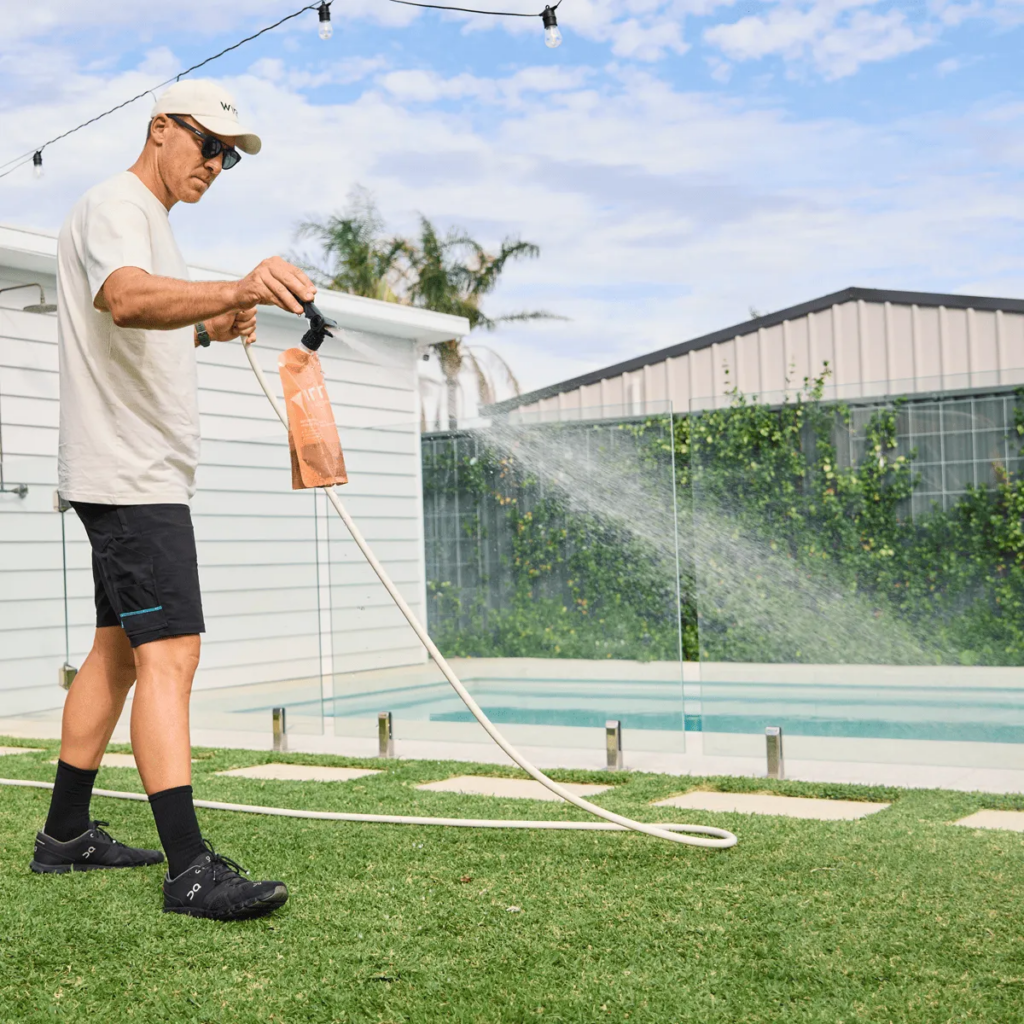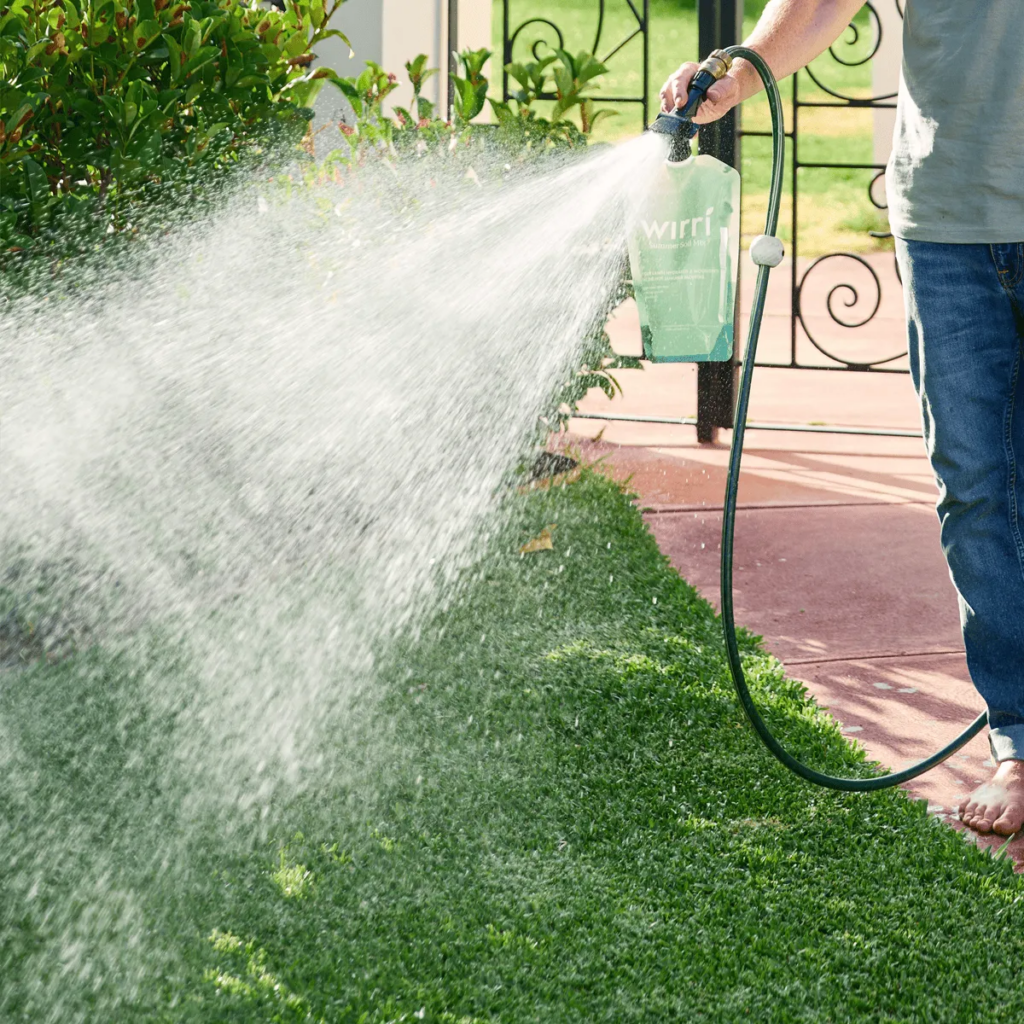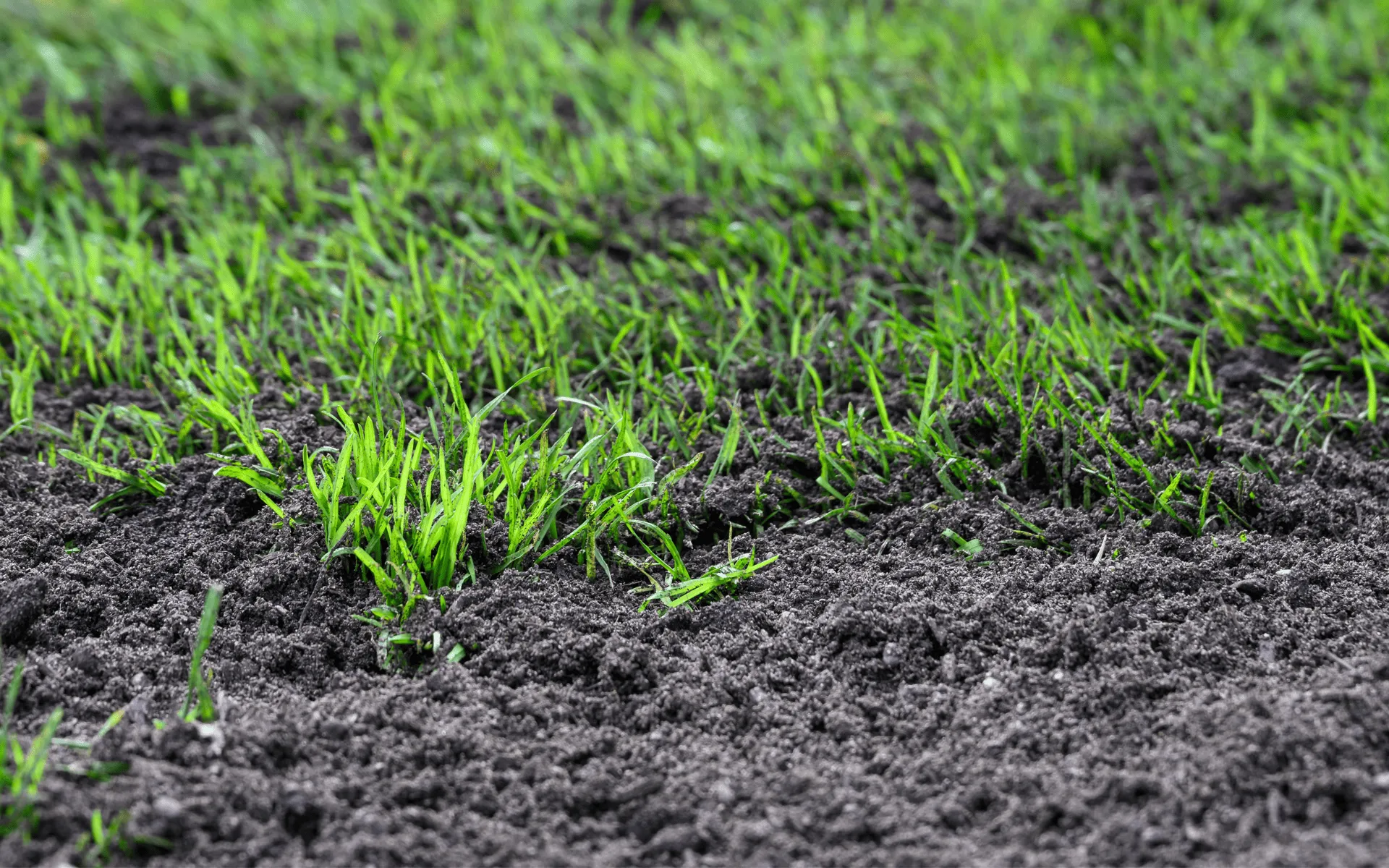Daily lawn watering might seem like the best way to keep your grass looking lush and green, but in most parts of Australia, it’s actually doing more harm than good. Whether you live in a coastal suburb or a dry inland town, understanding how, when, and why to water your lawn properly is crucial to maintaining a healthy, drought-tolerant lawn.
Australian Climate Doesn’t Call for Daily Watering
Australia is a big country with a wide range of climates — from tropical up north to temperate down south and arid in the middle. But across all zones, one thing remains consistent: lawns don’t need to be watered every single day.
Daily watering might work in countries with mild, consistent rainfall, but in Australia, the soil, weather patterns, and heat levels mean your lawn actually thrives with a more strategic approach. Giving your grass a deep soak two to three times a week is far more effective than short, daily sprinkles.
Overwatering Encourages Weak Roots

When you water your lawn every day, the grass roots stay close to the surface. They don’t need to dig deeper into the soil to find moisture. The result? A shallow, weak root system that’s more vulnerable to heat, drought, and disease.
Australian summers are brutal — particularly in places like Perth, Adelaide, and parts of Queensland — and a shallow-rooted lawn won’t cope when the heat hits. By spacing out your watering, you force your lawn to grow deeper roots, making it more resilient and self-sufficient.
It’s Bad for Your Soil Too
Soil health plays a massive role in how well your lawn performs. Daily watering can mess with the soil’s natural structure, leading to compaction, poor drainage, and nutrient leaching. If you’re constantly watering, there’s no time for the top layer to dry out, which is what helps keep fungus and moss under control.
In heavier clay soils, daily watering often leads to waterlogging, making it hard for air to reach the roots. On sandy soils, water drains too fast, and daily watering doesn’t actually do much good. Either way, you’re wasting water and stressing your lawn.
Encourages Lawn Diseases and Pests
Too much moisture creates the perfect environment for diseases like root rot, lawn fungi, and mould. When your grass is constantly wet, especially overnight, fungal spores can spread like wildfire. Lawn grubs and insects are also more likely to hang around in damp conditions.
It’s a bit like overfeeding a pet — it might seem caring, but it usually ends in a trip to the vet. In this case, you’ll be forking out for fungicides, pest control, and even turf replacement if things get out of hand.
You’ll End Up with Thatch and Patchy Growth
Daily watering can cause an increase in thatch — a layer of dead grass, roots, and debris that sits between the soil and your healthy grass. A small amount of thatch is normal, but too much creates a barrier that blocks water and nutrients.
Plus, when you water too frequently and not deeply enough, you get uneven growth. Some areas soak it up, others don’t, and you’re left with a lawn that looks patchy and inconsistent — the opposite of what you’re aiming for.
It’s a Massive Waste of Water (and Money)
Let’s talk about the water bill. In most Australian cities, water isn’t cheap. If you’re running the sprinklers every day, that’s a lot of water going straight into the ground — or worse, evaporating before it even gets there.
There are better ways to spend your money than watching it disappear into your garden bed. Strategic watering — using less water but more effectively — will save you cash and support your local water restrictions, especially during peak summer.
Water Restrictions and Local Guidelines
Speaking of restrictions, many parts of Australia have rules around when and how you can water your garden. These rules often include set watering days and times, and in some places, sprinklers are banned entirely during summer.
If you’re watering every day, chances are you’re not only doing your lawn a disservice — you might be breaking the rules. Understanding your local council’s guidelines can help you create a watering schedule that works with nature, not against it.
How Often Should You Water?

For most Australian lawns, watering two to three times a week is more than enough — especially if you do it deeply. The goal is to soak the soil to around 10–15cm deep. That encourages deep root growth and trains your lawn to cope between waterings.
Early morning is the best time to water, ideally before 9am. This gives the soil time to absorb moisture before the heat of the day kicks in, and it avoids water sitting on the leaves overnight (which encourages fungal problems).
Signs You’re Watering Too Much
Not sure if you’re overdoing it? Here are a few warning signs:
- Squishy or soggy lawn hours after watering
- Mushrooms or fungus appearing regularly
- Yellowing grass even though it’s getting water
- Increased presence of insects and pests
- Foul smells from the soil
If you’re ticking any of these boxes, scale back your watering and let your lawn breathe.
Wrap-Up: Ditch the Daily Habit
In Australia, watering your lawn every day is more likely to hurt your lawn than help it. From root health and soil structure to saving money and protecting the environment, there are plenty of reasons to break the daily watering habit.
Switch to a smart, sustainable routine. Give your lawn what it really needs — not what it seems like it needs. The result will be a healthier, stronger, and better-looking lawn that stands up to the Aussie elements.










